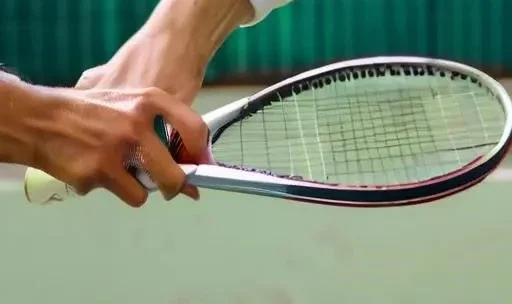Victoria Beckham Age: How This 51-Year-Old Icon Is Redefining Beauty, Business, and the Future of Fashion!
September 18, 2025At 51, Victoria Beckham isn\’t just aging; she\’s meticulously crafting an influential legacy. Explore how this global icon is redefining beauty, business, and the future of fashion with timeless style.









